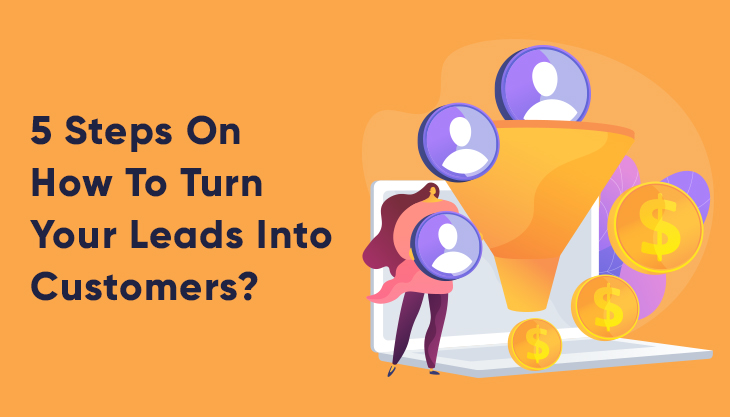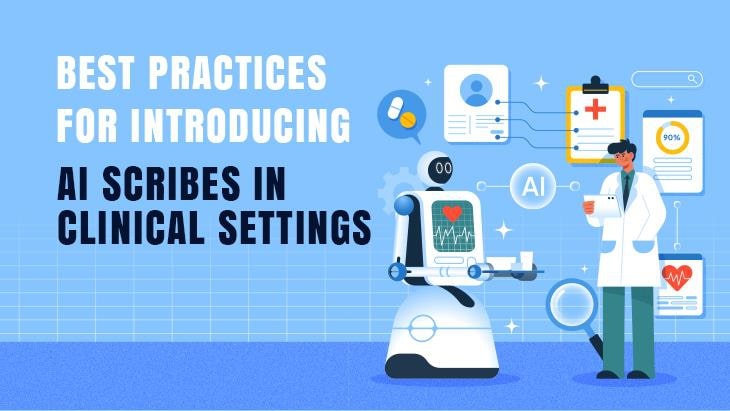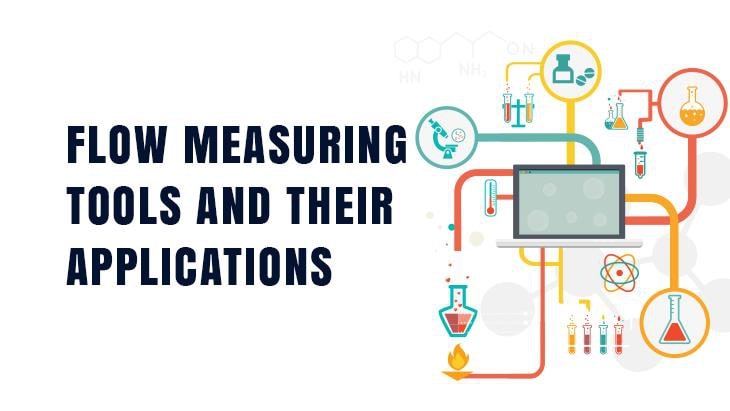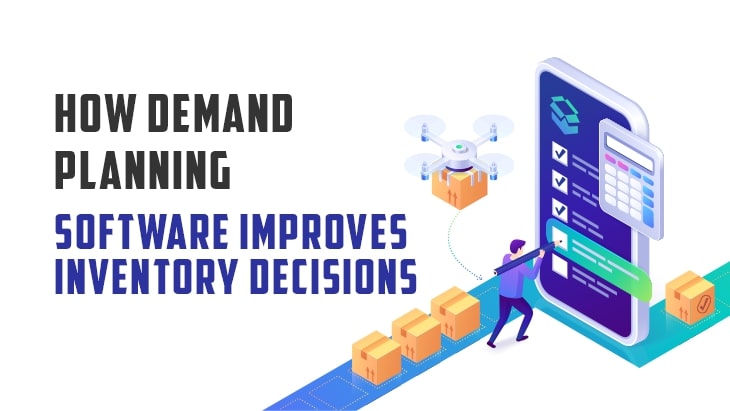Most of us know how frustrating it is to lose a lead to competition after working really hard to get them in the first place. This is a regular phenomenon, and there sometimes appears to be no way out. Despite our best efforts to retain leads and keep them engaged all through the buyer's journey, we occasionally lose track of them. Worse, even when we do manage to hold a prospect's attention until the end, we nonetheless manage to fall short when it comes to talking about work and negotiating a deal as a new customer.
While it's tempting to chalk up these kinds of outcomes to bad luck, the correct tools and methods can help you convert leads into customers. The key is to cultivate and make sure the customer is engaged along the way, to be mindful of how you address sales and marketing, and to ensure that these prospects understand that if they make a choice to convert into loyal customers, you will always have their best interests at heart. Isn't it straightforward?
But, let's be honest, we all know it's easier said than done, which is why we're here to provide you with some pointers on how to strengthen your sales and marketing strategy in order to increase sales conversions. These tactics can help you convert prospects to customers, reducing, if not eliminating, the scenario mentioned above.
What A Sales Funnel Entails:
A sales funnel is the path you take potential customers down. It begins as they become familiar with a brand or items and concludes when they purchase something and become a customer.
There are four stages in a typical sales funnel:
- Awareness
- Interest
- Decision
- Action
The five stages below will help you design your first sales funnel or optimize an existing one for optimum conversions.
1. Do not keep leads waiting:
Leads are perishable products that must be used immediately. After one hour, the prospect's interest in you diminishes substantially, and he or she may already have gone on to the competition. As a result, it's critical to establish internal procedures for managing new leads.
Because of email overload, routing leads to a private mailbox that can be overlooked, forgotten, or neglected due to sickness or travel. You can either send your internet leads to a company mail box where many personnel have access to assure prompt treatment, or you can use client service software.
Traceability and speed are the same concepts that apply to marketing leads and support queries. More and more businesses are seeing the value of customer service software, and are implementing it across other departments rather than simply customer service.
2. Qualify the lead:
A marketing qualified lead (MQL) may request a meeting, but a sales qualified lead (SQL) may download a complimentary white paper. They have distinct traits and are most likely at different stages of the purchasing process.
All leads, however, are prospective sales leads. It's critical to qualify the lead initially in order to make a good first impression. This can be accomplished by a designated manager or by the sales department itself.
If you contact a lead who isn't ready to buy, you won't be completing transactions. Even worse, you could turn off the lead by going on too hard. Perform a fast Google search for the individual or firm, or use your CRM software to look up the company. Rather than making contact only to discover they are already in negotiations with another sales agent, find out whether the prospect has already taken some action, such as attending a conference.
3. Create sales teams that are fast:
Some companies prefer to split their sales crew into two parts, one for existing customers and the other for new business.
And, while the method you build the team isn't crucial, the procedures you create that allow the sales party to move rapidly are. This applies at all stages of the business process, not simply to new leads.
Consider the following questions to get going with your internal processes:
* What method do we use to make the first contact: email or phone?
* Who will sign up for contact information?
* At what point do we record a sale?
* How do we keep track of activities?
4. Maintain warm leads:
If you call the prospective client within 10 minutes of them filling out an online form, he or she may not even be ready to proceed with the sales process. However, they have expressed interest in your product or service, so take advantage of the opportunity to keep them toasty while on the phone. You may, for example, ask them if they'd want to be included in your email list, which also will help you nurture them until they're ready.
Customer service begins before any transaction is completed. Keep them updated and demonstrate your concern, and they will return to you when they are prepared to take the next step.
5. Keep an eye on your finances:
Your sales funnel provides you with a unique perspective on the prospects you're pursuing. In a CRM system, you may track where prospects are in the sales process and what activities they've completed. Each individual salesperson, as well as the sales manager, can do this to acquire a complete picture.
Dashboards use charts to illustrate sales data and can be customized to meet your needs. You can check over sales cases per week throughout a sales meeting to assess where they are in the process and provide an update. You can readily determine which instances you have to focus on if the queue is updated on a frequent basis.

















Post Comments